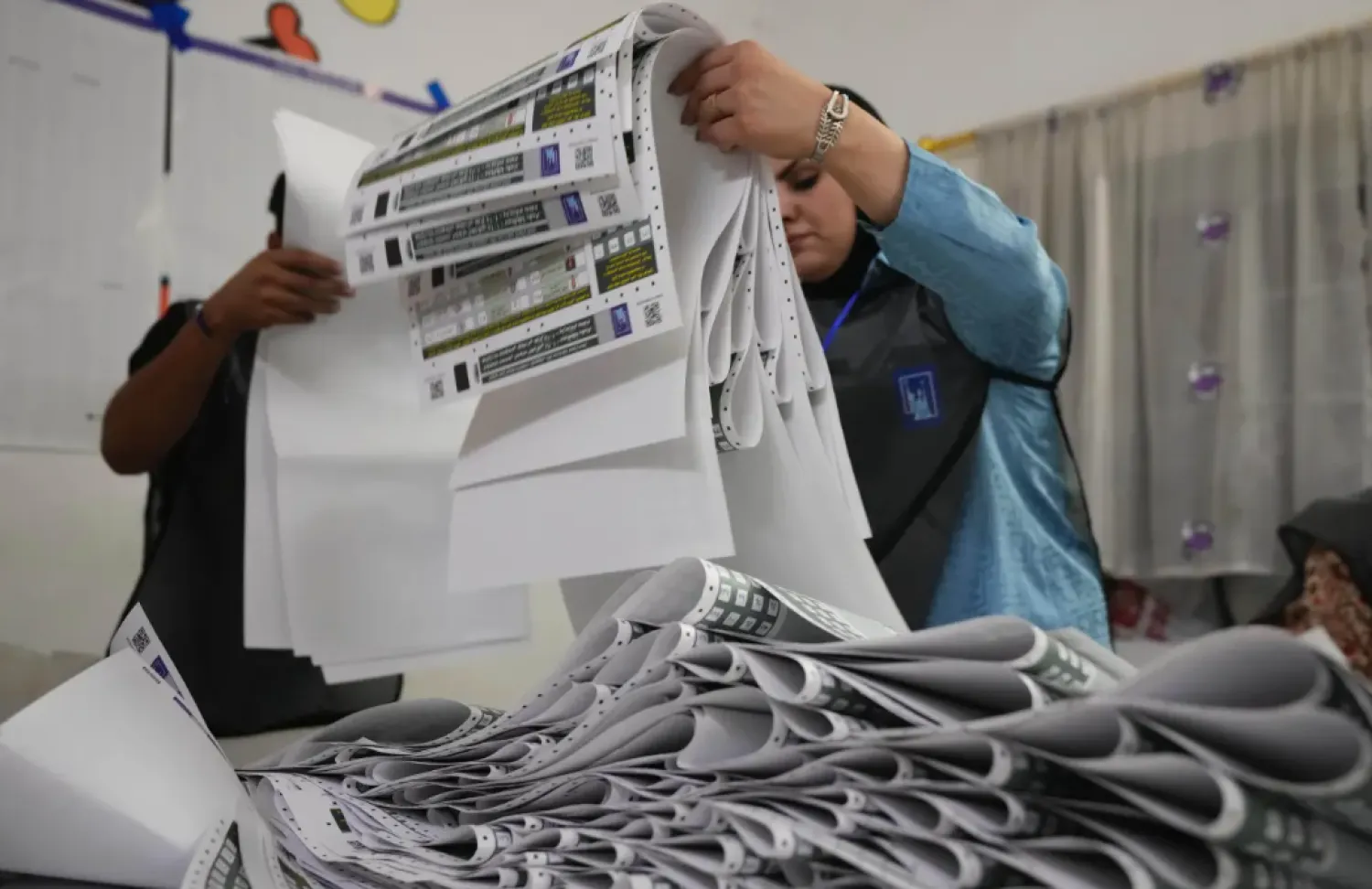Recent UN data has shown a spike in African migrants arriving in Yemen. Around 200,000 who have arrived in the war-torn country with the aim of illegally entering Gulf countries in search of jobs.
Roughly half arrived during the first seven months of this year.
IOM’s Displacement Tracking Matrix (DTM) confirmed the continued flow of thousands of migrants from the Horn of Africa to the shores of Yemen, while the number of those who returned to their country did not exceed 5,000 in 2023.
Out of the 200,000 migrants, approximately 43,000 migrants are stranded across the country.
Since early 2022, IOM has supported more than 5,700 stranded migrants and victims of trafficking to safely return to their home countries from Yemen. Approximately 300,000 vulnerable migrants have also benefited from humanitarian assistance in Yemen, Somalia, and Djibouti.
So far in 2023, the IOM has assisted 5,631 migrants, including 5,572 Ethiopians, to return home.
The IOM is now appealing for $58.5 million through the Migrant Response Plan (MRP) for the Horn of Africa and Yemen to continue this vital support in the region.
Yemen, a country already ravaged by years of war caused by the Iran-backed Houthi militias, continues to face the harsh reality of displacement.
The first half of 2023 has seen a decrease in the number of people displaced from their homes in Yemen. The DTM recorded more than 21,066 people were forced to flee their homes, seeking safety and shelter elsewhere in the first six months of the year.
This is a half decrease from the same period in 2022 when 42,012 displacements were reported.
The governorate with the highest number of displacements in the first half of 2023 was Marib, with 1,455 households (HHs), followed by Taiz (572 HHs), Hodeidah (416 HHs), Shabwah (409 HHs) and Lahj (341 HHs). The governorates with the lowest number of displacements are Abyan, Dhale, Hadramawt, and al-Mahra.
Minister of Foreign Affairs Dr. Ahmed Awad bin Mubarak met with IOM Regional Director for Middle East and North Africa Othman Belbeisi in the interim capital Aden.
They discussed cooperation between Yemen and the IOM as well as the impact of the increased number of illegal migrants on Yemen’s security and economy. They also discussed the Organizations’ programs in the country.









